Sidamo-Shirley (SHILICHO) cooperative G1 waterwashed bean baking recommended flavor adjustment
For professional baristas, please follow the coffee workshop (Wechat official account cafe_style)
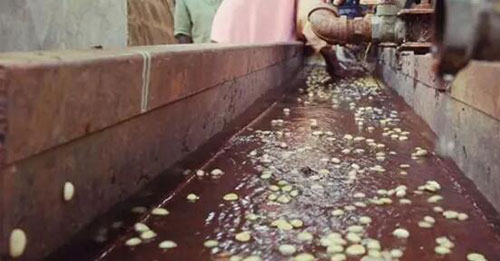
Ethiopian Sidamo-Shirley (SHILICHO) Cooperative G1 washed Bean Fair Trade Association
Ethiopia is the country where coffee was first discovered. Today, there are still many wild coffee harvested by farmers in the primeval forest. Ethiopia is a country with poverty, drought and civil war. However, it is still the most important coffee producer in terms of coffee quality and output, and it is also the best and top coffee producer in the past one or two years. Coffee is mostly traditional Arabica species, with an annual output of about 350000 tons. More than 70% of the coffee is exported to countries around the world, about 15 million people are engaged in the coffee industry, and more than 90% of coffee farms or cooperatives belong to small-scale farming. In 2008, crops produced in Ethiopia, including wheat, corn and sesame coffee, were fully imported into the ECX Trading system (Ethiopian Commodity Exchange) to replace the existing auction and export methods, which actually had no effect on yield and quality. It may be easier to tell whether coffee is good or bad by price. Coffee bean merchants are not free to make satisfactory profits [low price and high quality], because coffee beans that do not go through the ECX trading system will be heavily taxed. Today, more than 90% of coffee is traded through this trading system.
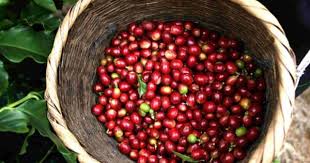
Ethiopian coffee can be divided into two treatments. Washing treatment method II. Natural sun treatment. Nowadays, every producing area, cooperative, and even small coffee farm in Ethiopia produces coffee beans of the above two treatments at the same time, whether it is the well-known Yegashev producing area in Taiwan or the Sidamo producing area. Not only that, in Ethiopia, which is currently the country with the fastest development of coffee, it not only makes coffee different in treatment, but also makes aroma and taste different due to the adjustment of different techniques and processes. Ethiopian coffee beans washed with water have high consistency in fragrance, temperature and soft low-key flavor with low citric acid, while Ethiopian coffee beans with sun-drying method have a high consistency in taste. The fragrance is strong and conspicuous the weak and inconspicuous flavor of citric acid is complex and changeable, characterized by the aroma of flowers or fruit. In recent years, many emerging small producing areas or cooperatives in Ethiopia will sell their own cooperatives or farms in the international market under the name of their own cooperatives or farms. this shows confidence in their own coffee and hopes to establish a brand image in the international coffee market. Coffee farmers insist on picking mature coffee beans and strictly handle every process, whether it is natural washing or natural sun drying. Unexpected aroma and excellent taste, which I think is the reason why Ethiopian coffee is expected by coffee fans every year.
There is a label on the coffee bag
Coffee tree species: Arabica
Origin: Sidamo G1 washed beans
Certification: fair Trade Association (FAIR TRADE)
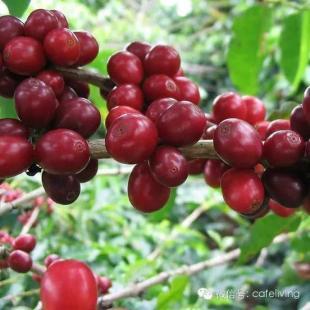
The end of shallow baking (City): the coffee is ground and filled with the floral aroma of citronella wild ginger flowers and boiled with a bright citrus aroma, citrus acid is not strong and suddenly turns to sweet, melon sweetness, Hui Gan has the coolness of mint black tea.
60 seconds after baking (Full City-): the elegant wild ginger aroma peculiar to Ethiopian water-washed beans, the aroma of lavender is the most subtle difference with the jasmine aroma of Yegashev, the acidity is as sour and sweet as Passion Fruit Juice, unlike the refreshing and cool taste of Yegashev with powdered tender milk tea taste, the tail rhyme drupe orange is spread in the mouth.
The second explosion of re-baking (Full City): the dry aroma after re-baking and grinding is filled with the aroma of sesame wheat biscuits. After cooking, the flavor of mint chocolate replaces the aroma of lavender, the taste has the oily ester of cream maple syrup, the acid has been transformed into the sweetness of peach, and the aftertaste has the sweetness of honey toffee. This baking degree is not bitter and refreshing, which is the characteristic of Ethiopian washed bean G1. Let friends like African beans but not sour coffee and heavy coffee another choice.
Important Notice :
前街咖啡 FrontStreet Coffee has moved to new addredd:
FrontStreet Coffee Address: 315,Donghua East Road,GuangZhou
Tel:020 38364473
- Prev
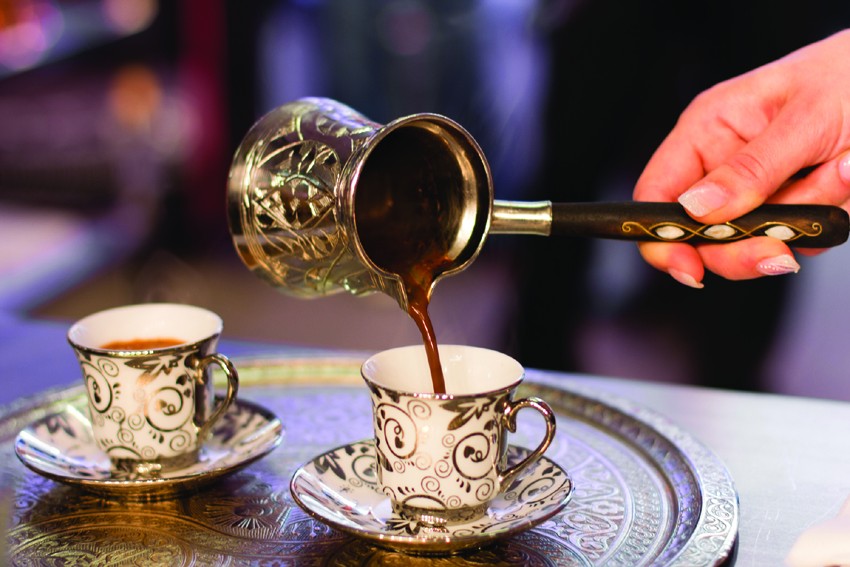
How is Turkish coffee made?
Weixin Official Accounts cafe_style In the 6th and 7th centuries, the Gaila people in Ethiopia began chewing coffee fruits and boiled grass leaves; in the 9th century, Persians boiled coffee fruits and used juice as medicine; by the mid-15th century, Yemen began to roast coffee beans inside the fruit and grind them together with the pulp before cooking
- Next
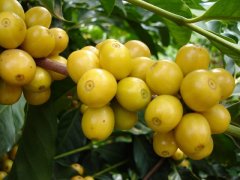
Introduction to the Flavor of Yellow bourbon Coffee produced by Brazilian Mantiqueira Mountains small Farmers
For professional baristas, please follow the coffee workshop (Wechat official account cafe_style) Mantiqueira Mountains Huangbourne-the Minas Gerais state side of Brazil's Mantiqueira Mountains (Serra da Mantiqueira) is located in the Mantiqueira de Minas area. With a century of experience in producing premium coffee, Mantiqueira de M
Related
- Beginners will see the "Coffee pull flower" guide!
- What is the difference between ice blog purified milk and ordinary milk coffee?
- Why is the Philippines the largest producer of crops in Liberia?
- For coffee extraction, should the fine powder be retained?
- How does extracted espresso fill pressed powder? How much strength does it take to press the powder?
- How to make jasmine cold extract coffee? Is the jasmine + latte good?
- Will this little toy really make the coffee taste better? How does Lily Drip affect coffee extraction?
- Will the action of slapping the filter cup also affect coffee extraction?
- What's the difference between powder-to-water ratio and powder-to-liquid ratio?
- What is the Ethiopian local species? What does it have to do with Heirloom native species?

